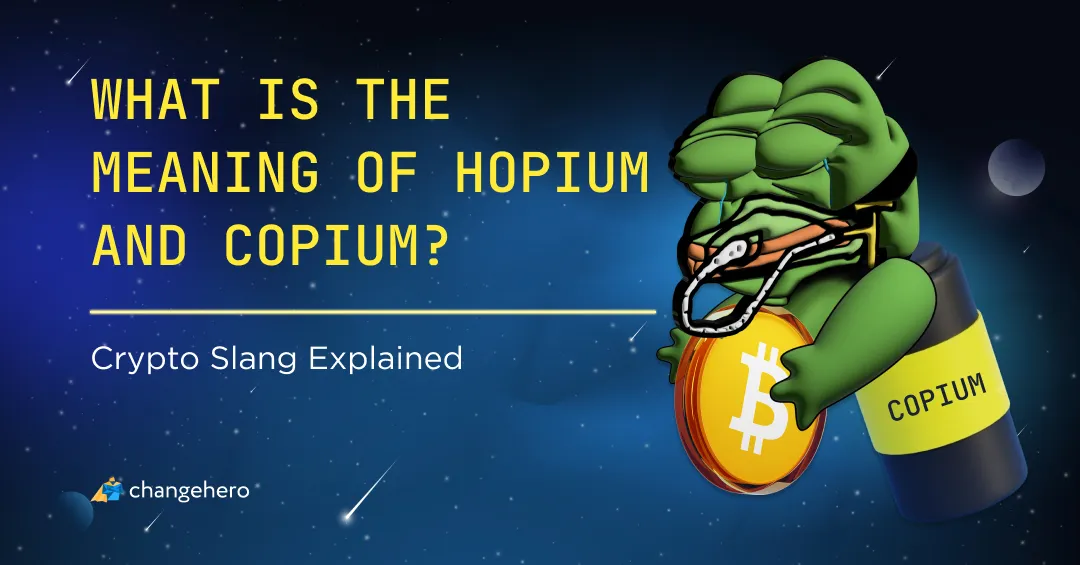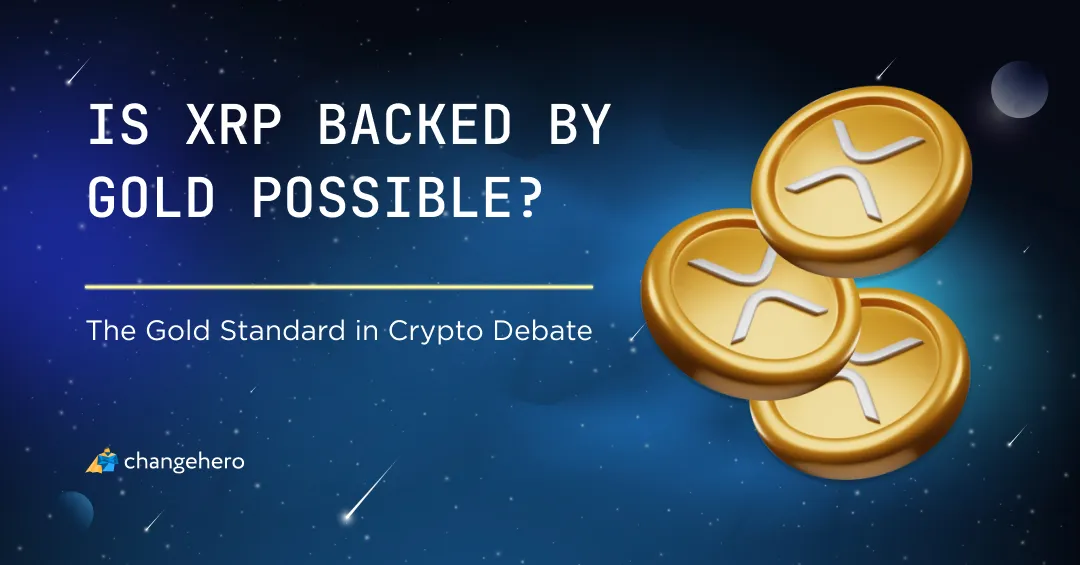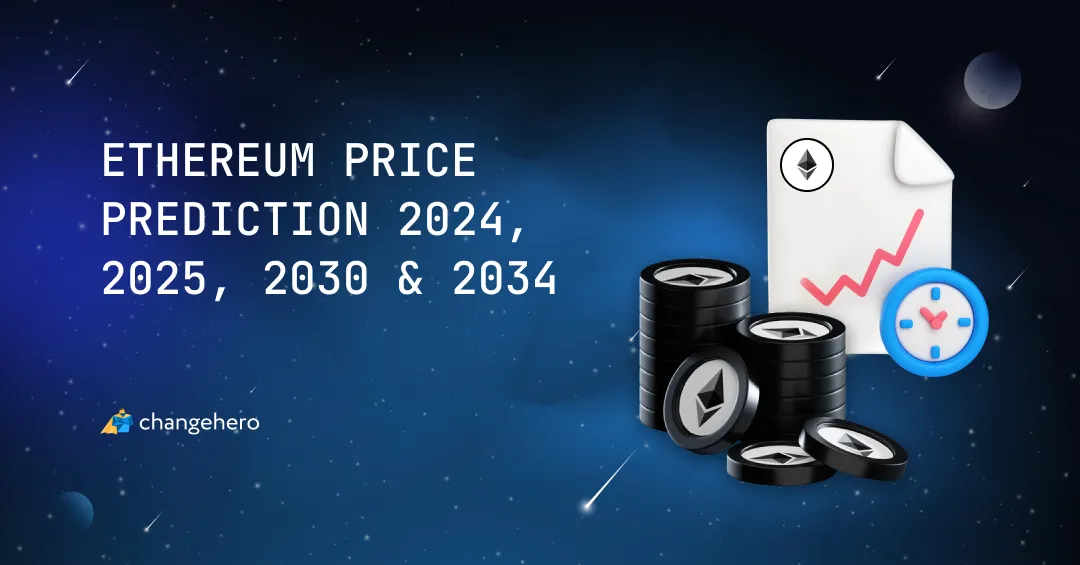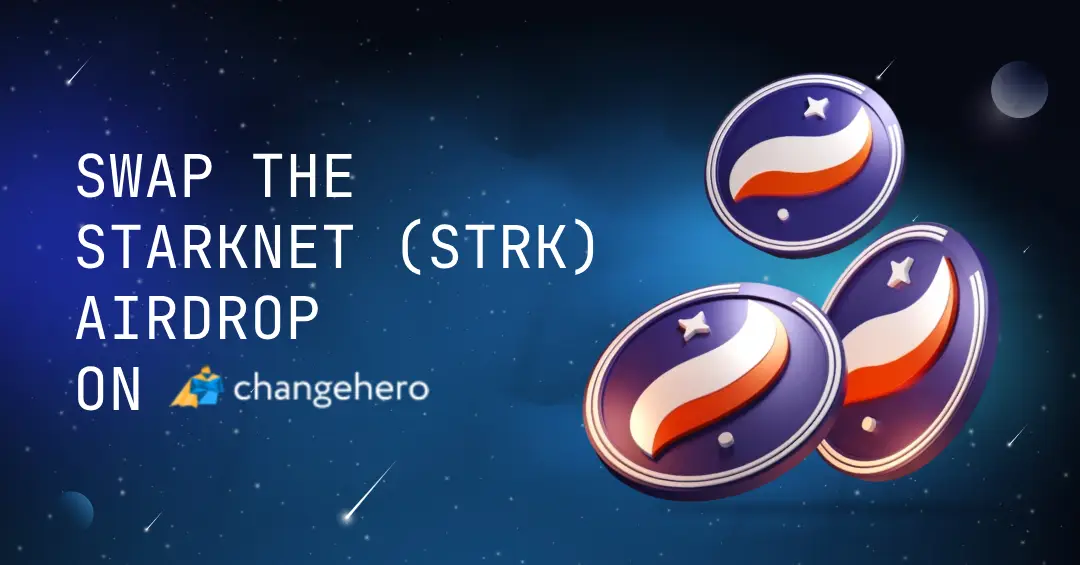Congratulations on getting to experience a paradigm-shifting event in the whole history of crypto: the Ethereum Merge! If you are still not entirely sure, why it is such a big deal, we have made this article for you. We’ll run down the whats and whys of the update, as well as take a deep dive into its implications. While we’re at it, let’s also take a look at future scenarios that became possible thanks to it.
Key Takeaways
- Ethereum Merge is the latest update to the Ethereum blockchain. It means the transition to the Proof-of-Stake consensus algorithm, which is infinitely less energy-intensive than Proof-of-Work;
- The Merge is a huge undertaking, considering the network was not halted during the whole process. It occurred on September 15, 2022, at the terminal total difficulty of 58750000000000000000000;
- As it usually is with such dramatic updates, the community is mostly optimistic about it. Of course, there are doubts about it as well.
The Merge, Explained
So, what is behind the term The Merge? While it is quite self-explanatory, as we’ll see, it comes with a little bit of history. The full term is consensus layer merge, coming from the two-layer structure that Ethereum now has.
Prior to the event, Ethereum was secured by a Proof-of-Work consensus mechanism. In Proof-of-Work, thousands of nodes compete to calculate the hash of the next block to receive rewards. In this competition, to even have a chance, all participants burn through significant amounts of electricity. Scaling Proof-of-Work networks requires expenditures that grow exponentially, coming to the point where Bitcoin and Ethereum mining hash rates were comparable to whole nations.
Ethereum was built with the intention to incorporate updates such as the Merge from the very beginning. For nascent Ethereum, PoW provided better security at the cost of scalability. However, as the decentralized network grew, its low network capacity and growing environmental footprint became a problem. Layer-two solutions improved the picture, but Ethereum Foundation has been working on improving the blockchain itself, too. The roadmap to introduce proof-of-stake and sharding to the mainnet has been around since at least 2018 when it was called “Ethereum 2.0”.
Timeline of Events
In December 2020, the Proof-of-Stake Beacon Chain of Ethereum was launched to run in parallel with the PoW mainnet. All the while, the Ethereum developers changed their preference for a scaling solution from sharding to rollups and delayed this phase. To avoid further confusion, Ethereum Foundation retired the labels Ethereum 2.0 and Eth2, and came up with the term “consensus layer merge”.
“Consensus layer” comes from the naming convention for the two layers of the Ethereum network. Consensus layer, previously Beacon Chain, is responsible for determining the head of the chain and securing it. The other, execution layer, uses the Ethereum Virtual Machine and processes transactions.
On September 15, 2022, the Ethereum blockchain reached a predetermined flag for the activation of the update. Instead of commonly used block height, Ethereum Foundation picked Terminal Total Difficulty (TTD). Since in Ethereum mining difficulty is readjusted every block, these metrics somewhat correspond to each other. The block production went to the consensus layer validators upon reaching TTD 58750000000000000000000. It took 15 minutes more to finalize the transition.
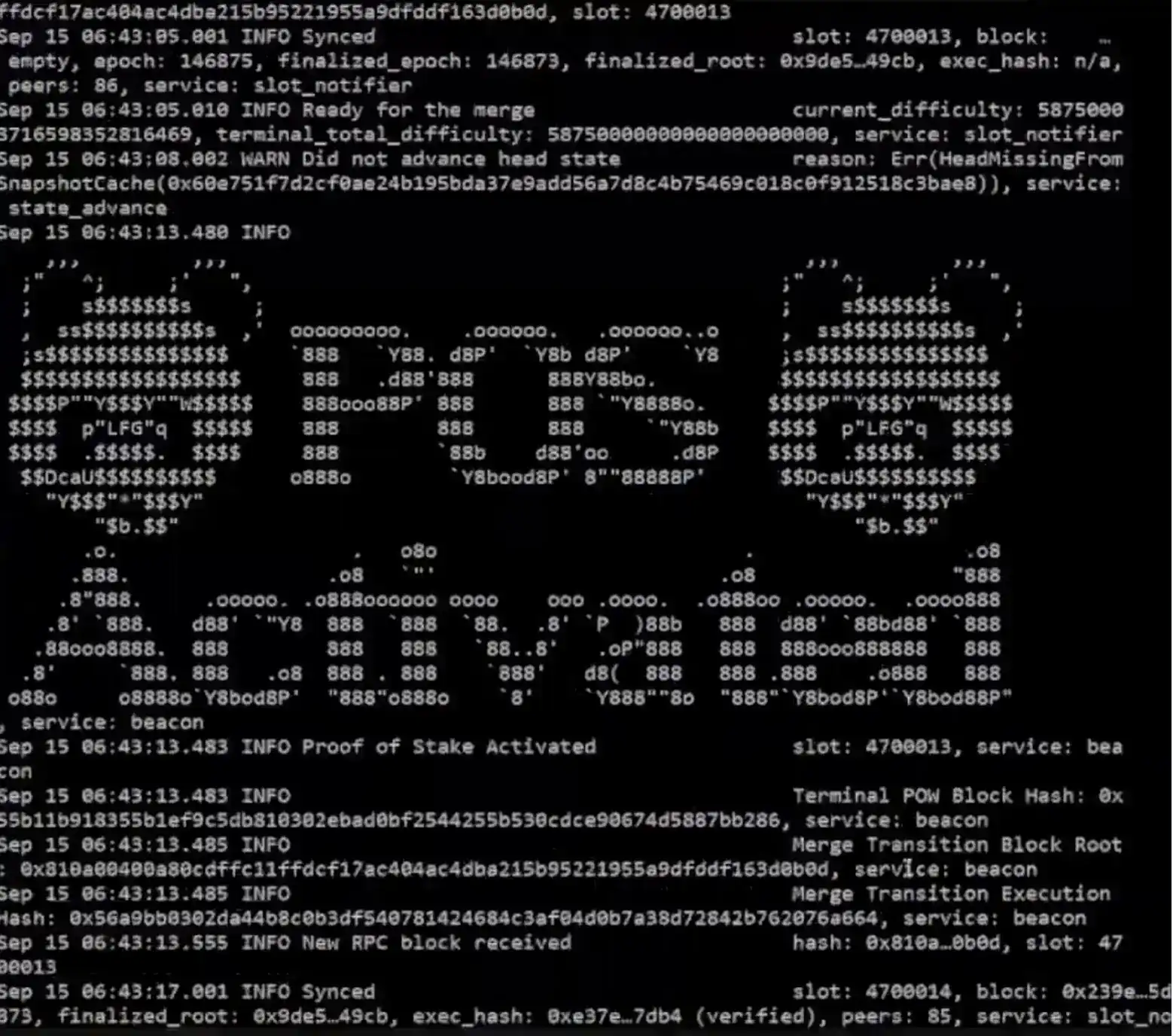
What has Changed?
Now the Ethereum blockchain is secured by a Proof-of-Stake algorithm, which is significantly less energy-consuming and therefore, environmentally friendly. Instead of miners, the new blocks are approved by validators, who stake 32 ETH or more. Contrary to a popular misconception, the Merge did not improve Ethereum’s scalability, transaction speed, or transaction fees.
What are the Risks Involved?
The Merge has been aptly compared to changing a car’s engine while it’s driving. It took multiple public testnets to evaluate the risks and discover contingencies that could have stopped the Merge in its tracks. One of the immediate risks that passed was issues with block production. By now, the network is already running smoothly. But what could be the risks going forward?
One of the concerns is centralization. Becoming a validator on the consensus layer requires 32 ETH, worth $46.7 thousand at the time of writing. The cost of staking is prohibitive and limits who can contribute to the network. (to mine competitively, you would be golden with a rig worth ten times less) Furthermore, community members are concerned about the possibility of censoring transactions, highlighted by a recent Tornado Cash incident. Just before the Merge, 64% of all staked ETH was contributed by just five entities, according to Nansen.
Another perceived risk on the table is a sell-off of staked ETH. The condition for participation in the Beacon Chain staking was a lockup for an extended period of time. Even after the Merge, the stakes cannot be undone until the Shanghai upgrade in 2023. The Foundation has already proposed to introduce a withdrawal queue, which will prevent such events.
Another major reason to be concerned is the security of the Proof-of-Stake algorithm. Blockchain researchers have been debating which of the two most popular consensus algorithms is best for security for as long as both have been around. At the moment, there is a security issue in Ethereum that can potentially be exploited. If an attacker manages to secure two blocks in a row, and in Proof-of-Stake they know in advance who validates the next block, they can invalidate price differences between them. Luckily, this vector of attack is being worked on.
The PoW Debate
The elephant in the room left is Ethereum miners: their farms and hardware have essentially turned into dead weight overnight. Saying they’re unhappy with this development would be an understatement. Of course, this is not to say the Merge was made without the community’s consensus. So where are they now?
A part of the Ethereum miner community moved on to Ethereum Classic, and another part made a new fork ETHPoW. The problem with this newer fork is the lack of a robust ecosystem that cemented Ethereum’s success.
There is another problem with forks, the “difficulty bomb”: a protocol sequence that would make Ethereum prohibitively expensive to mine after a certain number of blocks. It was removed in Ethereum Classic, solidifying their commitment to PoW, but ETHPoW still has to get this out of the way.
The difficulty bomb is the least of the ETHPoW’s problems: it may not even live long enough to see it. As it stands, the only users who need this fork are miners themselves.
How Will Proof-of-Stake Affect the Ethereum Network?
So, the Merge is finally behind us. It doesn’t mean the work on Ethereum stops, quite the opposite. There is already plenty of speculation about where this road will take it, optimistic and not so much.
Bullish Scenario
The sheer amount of hype for this event was created by the high hopes of the community. Energy efficiency will improve the outlook of the Ethereum platform with the mainstream users, or so its proponents believe. Mass adoption has always been one of the major goals of the community.
The success of the Merge finally breaks a years-long chain of delays. Moving on to the next step, scaling improvements, is not as critical, because there are layer-two solutions that do the job fine in the meantime.
Bearish Scenario
The Merge has already become a “sell the news” event. In a day, ETH’s price went down from $1,568 to $1,444. It is yet unlikely that the downward spiral will prolong but bears make their case.
By switching to Proof-of-Stake, Ethereum joined the numerous ranks of smart contract platforms that use it: BNB Chain, Avalanche, Cardano, and so on. Though Ethereum has an edge over competitors with its ecosystem, to an investor it has become fundamentally the same as the rest of these networks.
There is another reason to be bearish on the Merge: securities laws allegations. Proof-of-Stake Ethereum is dramatically closer to a definition of a security, with validator rewards being so similar in principle to yields. The Securities and Exchange Commission already states it might reconsider its ruling about Ethereum not being a security.
The Talk about The Merge on Twitter
And we finalized!
— vitalik.eth (@VitalikButerin) September 15, 2022
Happy merge all. This is a big moment for the Ethereum ecosystem. Everyone who helped make the merge happen should feel very proud today.
It wouldn’t be official if the man himself did not say it. A big day for the crypto world as a whole.
Reddit users found different ways to see the final block mined — even mining with bagpipes. No hard feelings, only a celebration of the monumental feat.
The $ETH merge is great for the entire eco-system as less cost to support the market daily. Thus market will benefit over time as it trickles into everything. It's a win for everyone in the end and should be viewed that way.
— Pentoshi 🐧 (@Pentosh1) September 14, 2022
User Pentoshi suggests that the costs freed up from the electricity expenses will make it to the market. Another noteworthy point in favor of the bullish case!
A 🧵 on the $ETH Merge - one of the largest and most misunderstood upgrades crypto has ever seen during its existence. 🚀
— Mesky (💎, 💎) (@systems_value) September 14, 2022
In this thread I lay out the bull case for why I think the Merge may defy the awful macro backdrop and why most are missing the forest for the trees. 👇
User Mesky published a lengthy thread with more in-depth insights into the positive impact of the Merge. Not only electricity costs but also selling pressure from miners is no longer in the picture.
Conclusion
All in all, it’s hard to not be excited about what this massive update will bring to Ethereum and crypto going forward. Ethereum Merge set a precedent that will be nigh impossible to top for a few years in the future.
Wouldn’t want to miss Ethereum news in the future now, won’t you? We suggest you keep an eye on our blog and stay tuned to our Twitter, Facebook, Reddit, and Telegram to stay in the know.
Frequently Asked Questions
What is the Merge Ethereum?
The Merge is short for “Consensus layer merge”, an event in which Ethereum transitioned to the Proof-of-Stake algorithm. Proof-of-Stake is as energy-intensive as running an application on your PC, unlike Proof-of-Work, which required electricity consumption comparable to whole nations.
What happens to ETH when ETH2 comes out?
The Ethereum blockchain continues with the same history of transactions and balances. The validation and staking are now performed on a new layer on top of the “old” ETH.
Will ETH 2 replace ETH?
Beacon Chain, previously known as ETH2, has become a part of the Ethereum mainnet. Hence, it has been called “the Merge” at least since 2021. In simpler terms, ETH2 is now ETH, and ETH stayed the same.
Is Ethereum and Ethereum 2.0 the same?
Effective September 15, 2022, Ethereum Beacon Chain and the Ethereum blockchain are both parts of the Ethereum platform. The history of transactions is carried over the original Ethereum blockchain.



